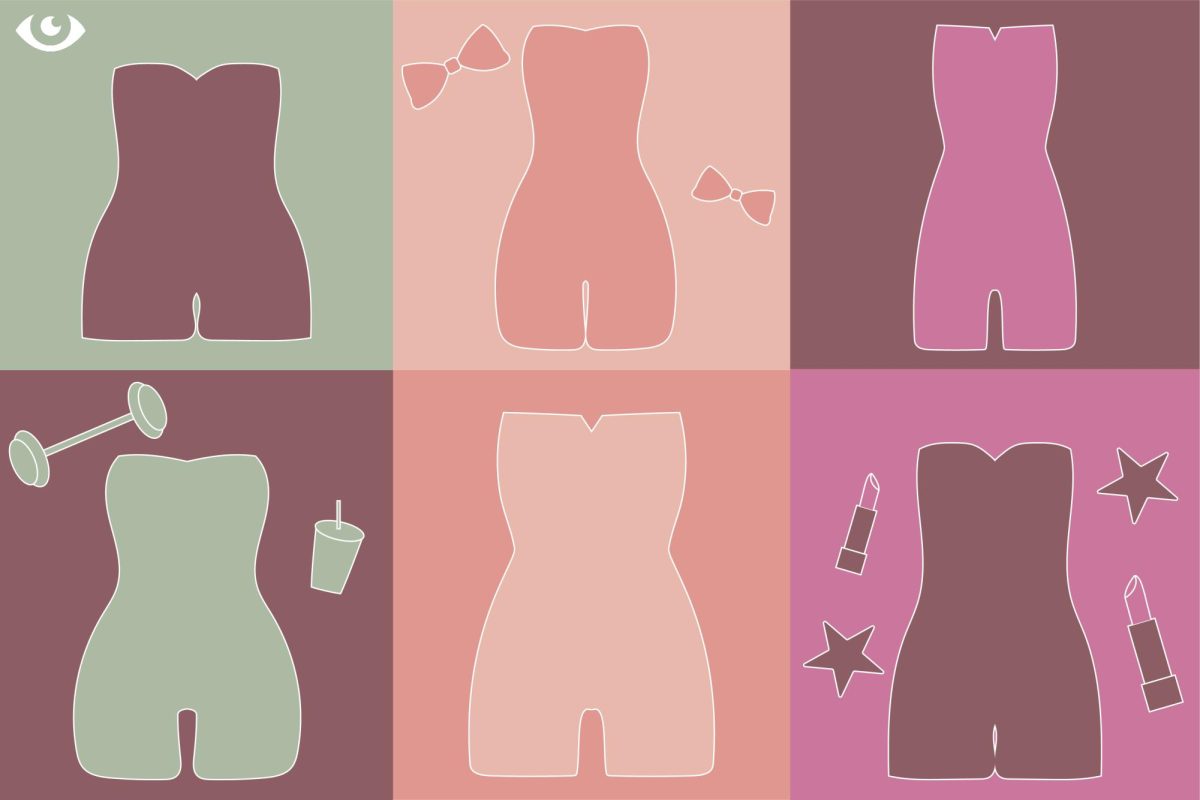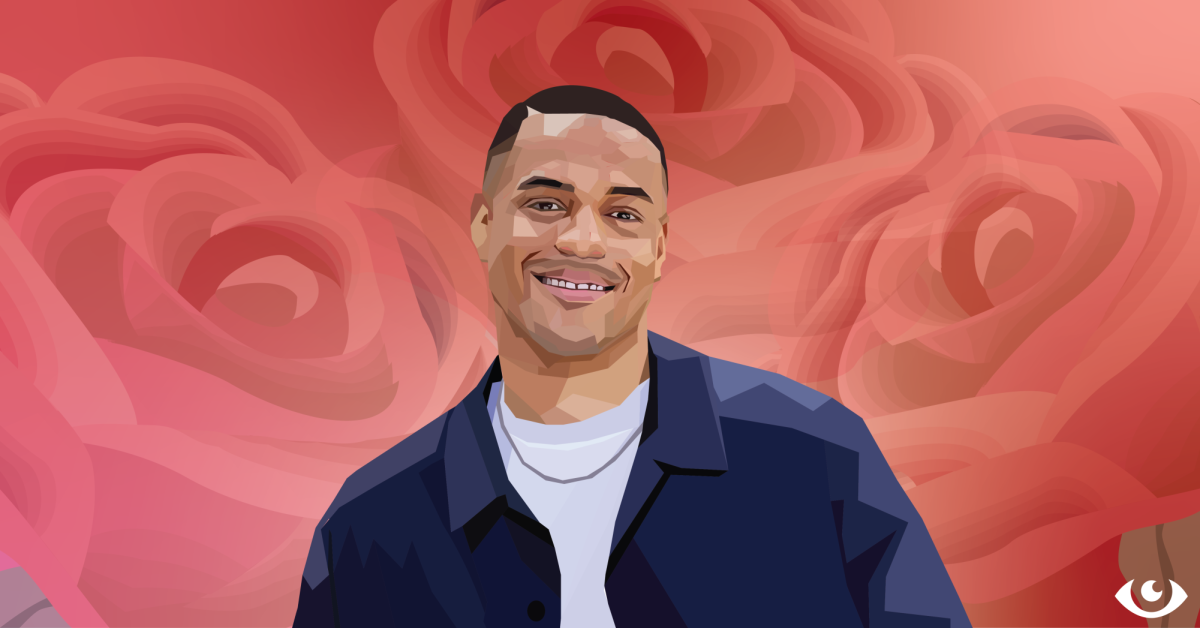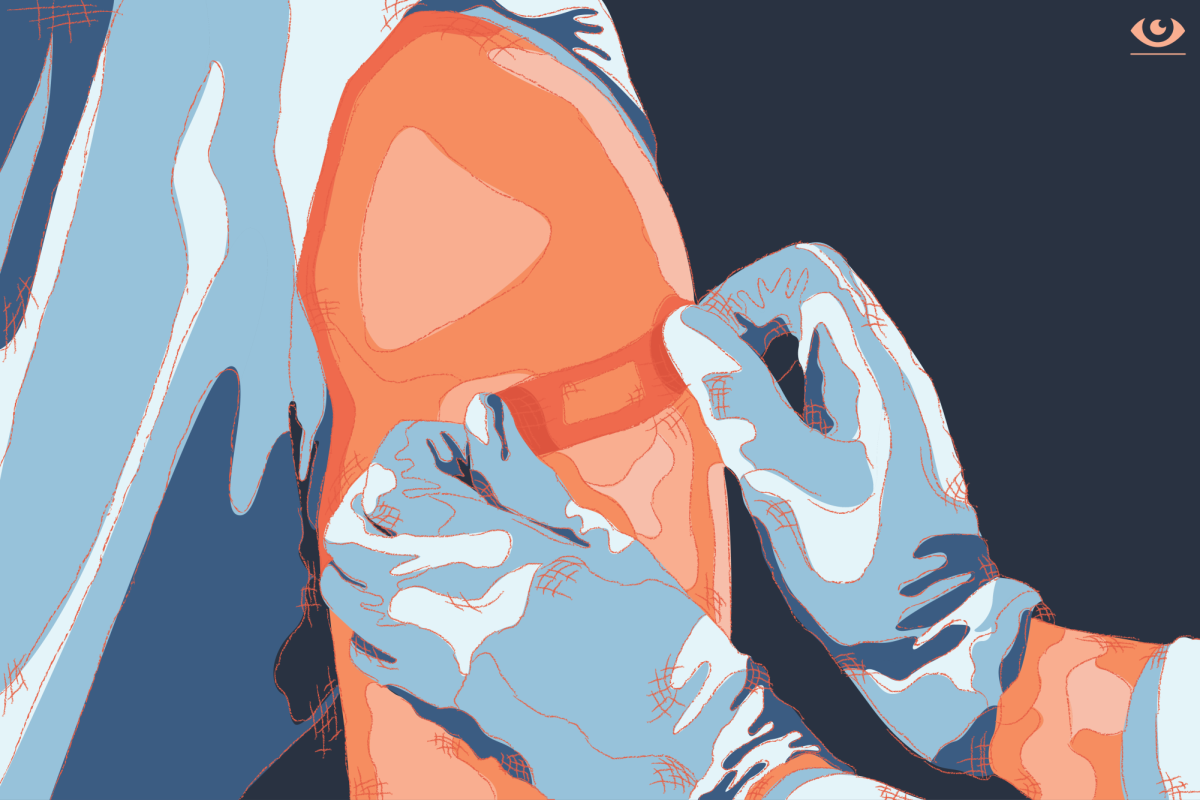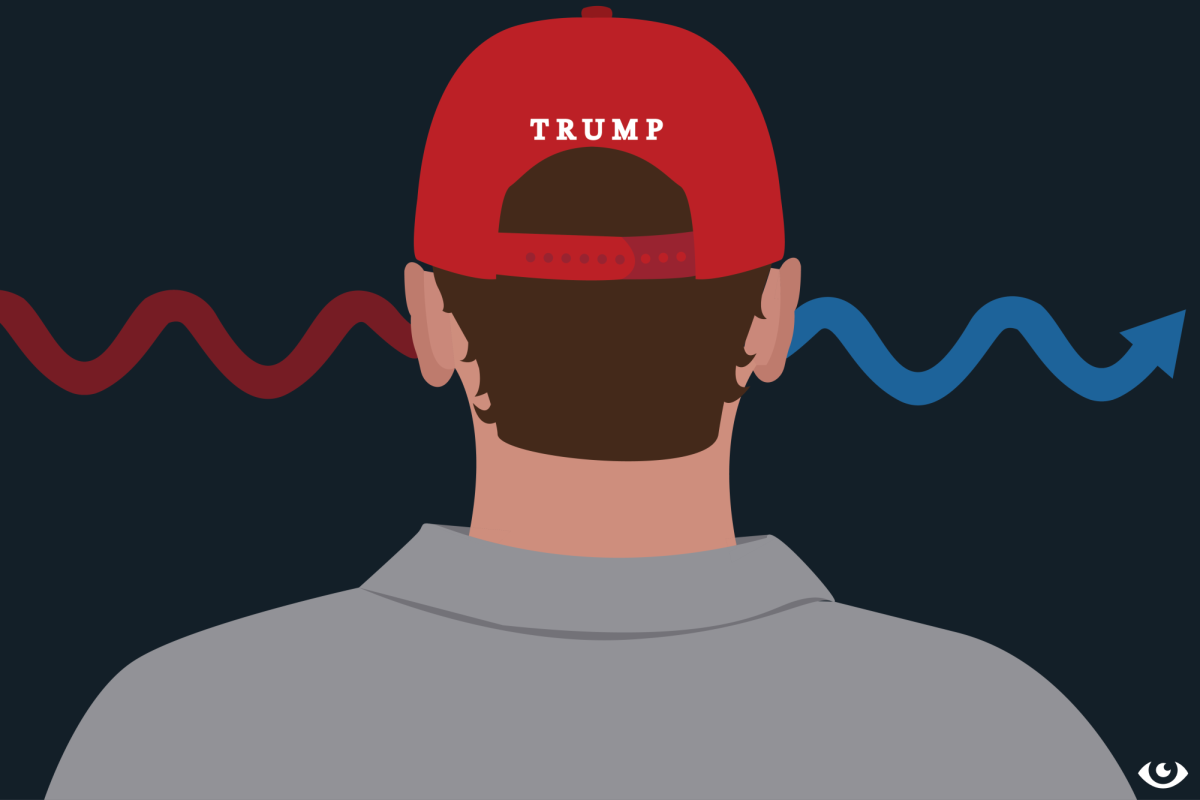In the digital age people are frequently analyzing themselves, with the popularization of different aesthetics, lifestyles and most recently the idea of being a certain type of pretty. This constant categorization can be exhausting, and it seems to be everywhere, especially for women. But this isn’t anything new, people have always put themselves into boxes, social media has simply made it inescapable.
Kibbe body types
An earlier example of body categorization is the Kibbe body type. David Kibbe created his “image identity” system in the 1987 book, “Kibbe’s Metamorphosis: Discover Your Image Identity and Dazzle as Only You Can.” According to Kibbe there are 13 body archetypes each belonging to a different family: dramatics, classics, naturals, gamines, and romantics. In his book, which is no longer being printed, Kibbe creates a style guide for each type and aims to help women achieve a harmony of Yin and Yang. He describes Yang as angular and sharp, and Yin as soft and round. While Kibbe doesn’t promote one specific archetype over another, his system reinforces European beauty standards as he only provides examples of thin white celebrities to represent each body type. Despite the book no longer being available, social media has sparked a renaissance for Kibbe’s system where you can find countless videos of people analyzing their own bodies and the bodies of female celebrities to find their type.
The process of finding your own kibbe type is long and thorough. It is recommended to take a photo of yourself in your swimsuit or underwear, standing straight, with the camera at chest height. The test is divided into three sections for “bone structure, body flesh, and facial features.” It requires a deep analysis of each part of your body while comparing yourself to the bodies of celebrities, many of whom conform to western beauty standards that foster insecurity among many women. Whether this is the intention of the test or not, it is sure to feed body dysmorphia and create new insecurities.
Types of Pretty
If you are a teenage girl on TikTok you probably have seen the “types of pretty trend.” A typical video under this trend shows different images of conventionally attractive women, be it celebrities, influencers, or models, categorized as different animals. The most common types are cat pretty, deer pretty, bunny pretty and fox pretty. Some videos include a description of the different facial features to fit each standard. For example, bunny pretty is often described as having a slim nose, round cheeks and feminine features, versus deer pretty which typically requires big doe eyes, dark hair and an oval face. Descriptions vary for each category but the type of women shown look relatively similar with thin european features, little diversity, and of course, are all conventionally attractive. Even if the creators have good intentions, the videos are harmful. In addition to the reinforcement of western beauty ideals, the trend supports the materialistic view of seeing women for their looks first and caters to a society that dehumanizes women and sees them as prey.
Lifestyles
In addition, TikTok has popularized different lifestyles and corresponding wellness products to fit each aesthetic. For example, a clean girl wears her hair in a slicked back ponytail, has dewy flawless skin and wears neutral tones. A pink pilates princess, on the other hand, always wears pink yoga pants, workout sets and bows in her hair.
Lifestyle trends and curated aesthetics are a product of the hyper-consumerism that TikTok promotes. Many videos under these lifestyles encourage buying new makeup, workout sets, and sometimes replacing your wardrobe entirely to fit a new lifestyle. This excludes most viewers from participating and for those who can, the price is hefty, not to mention the environmental costs of constantly buying and discarding products. The habits that these lifestyles promote are also elitist, encouraging viewers to spend money on trendy items like green juice, ginger shots, $15 salads, and 5:00 am pilates classes. In a way, these aesthetics become another way to show off your wealth and status and strengthen the societal connection between wealth, beauty and health.
How does this affect viewers?
Creators only post the parts of their lives that fit their desired social media aesthetic leaving viewers insecure and with unrealistic expectations for themselves. The videos normalize being perfect all the time, never showing breakouts, greasy hair or lazy days. The desire to fit a specific aesthetic makes viewers splurge on overpriced beauty products, further supporting an industry that profits off of the insecurities of women. TikTok has a strong influence over young people which is evident from the waves of preteens pouring into Sephoras to buy skincare products as a result of the popularity of anti-aging TikTok. Young viewers are heavily influenced by the body analysis and categorization on TikTok, contributing to a vicious cycle that keeps women and girls insecure.
What can we do?
For generations, women’s bodies have been trends. Companies create new insecurities for women in order to sell unnecessary products from convincing women that they need to shave their legs to promoting fad diets. But the cycle can stop here. If we stop focusing so much on our appearances maybe our daughters will have the chance to live a life that is not dictated by their insecurities. It is easier said than done, but we don’t have to engage with the newest trends. Out of spite for a society that is constantly analyzing women, we can reject the aesthetics and lifestyles that make us feel bad about ourselves. Since algorithms are generated based on engagement we can choose a positive digital environment that lifts women up. Even though it may not feel like it, you have power with your dollar, engagement and voice.








